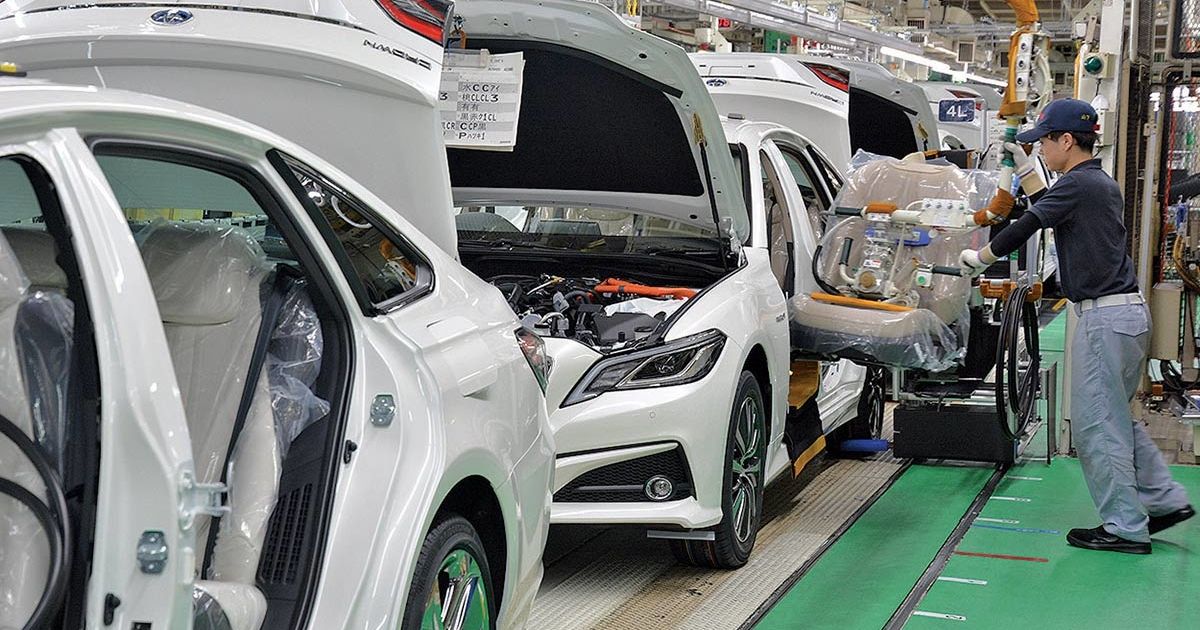
TOKYO — Toyota Motor Corp. may be hoping to rack up record vehicle output for this fiscal year. But the unrelenting pandemic and global supply chain chaos are steadily chipping away at its production targets, setting back the world’s biggest automaker at least some 400,000 vehicles from its goal.
Toyota’s latest dial-down came Wednesday, June 22, when the Japanese carmaker cut its original worldwide production schedule for the month of July by 50,000 vehicles to 800,000.
The slowdown expands Toyota’s tally of lost production to about 400,000 vehicles in the fiscal year that started April 1.
Despite the fallback, Toyota said it is keeping its production goal unchanged at 9.7 million vehicles for the full fiscal year, an all-time high if actually achieved.
But the automaker has been missing the lower production targets as well. The pace suggests it may be hard for Toyota to reach its record goal.
It had planned to produce 3.2 million vehicles from January to April, for example, even after the production cuts. But the company manufactured only 2.93 million vehicles.
The full-year 9.7 million target represents output for only the Toyota and Lexus brands; it doesn’t cover consolidated figures for the Daihatsu minicar or Hino truckmaking subsidiaries.
The objective represents a big leap forward from Toyota’s current production record of 9.08 million vehicles, the volume it pumped out in the fiscal year ended March 31, 2017.
For now, Toyota is holding to its schedule.
“Although the situation continues to be uncertain, we will carefully monitor our suppliers’ personnel structure and equipment capacity and place the highest priority on quality and safety in our production,” spokeswoman Shino Yamada said.
Toyota blamed the July cutback on the impact of a COVID-19 outbreak at a supplier.
To hit the target, Toyota says it will have to churn out an average of 840,000 vehicles a month from July through March. So far this calendar year, in the months officially reported, Toyota has achieved that rate only once, in March, with output of 866,775 vehicles.
In April, global production fell 9.1 percent to 692,259 vehicles, well below the 750,000 it had planned after the downward adjustment.
Toyota hasn’t disclosed a consolidated production target that includes Daihatsu and Hino.
Including those units, Toyota eked out a 6.2 percent increase in global output to 10.06 million units in the fiscal year ended March 31, as it ramped up to cover lost output from the previous years.
Global production fell 8.9 percent in the fiscal year ended March 31, 2021, as the pandemic slowed economic activity around the world.
Toyota has said it will take the foot off the gas in its race to recoup lost production, slowing the pace of recovery as needed as part of an “intentional pause” to achieve a more “reasonable” pace of output as the pandemic and the ensuing chip shortage continue to crimp the industry.